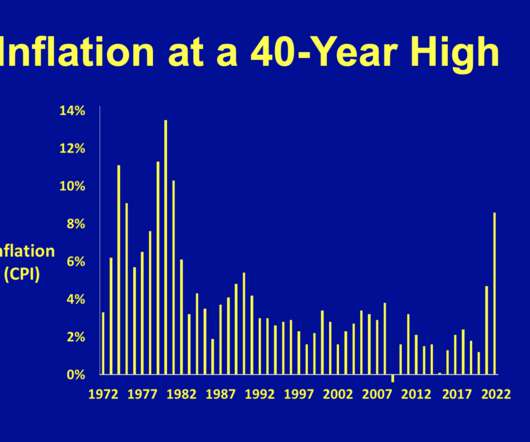This Week in Logistics News (May 20 – 26)
Logistics Viewpoints
MAY 26, 2023
Target’s inventories at the end of the last quarter were 16 percent lower than the same period a year ago and Walmart cut inventories in its U.S. Inventories at U.S. Target has been testing high-capacity van routes at Dallas and Minneapolis sortation centers. And now on to this week’s logistics news.
















Let's personalize your content